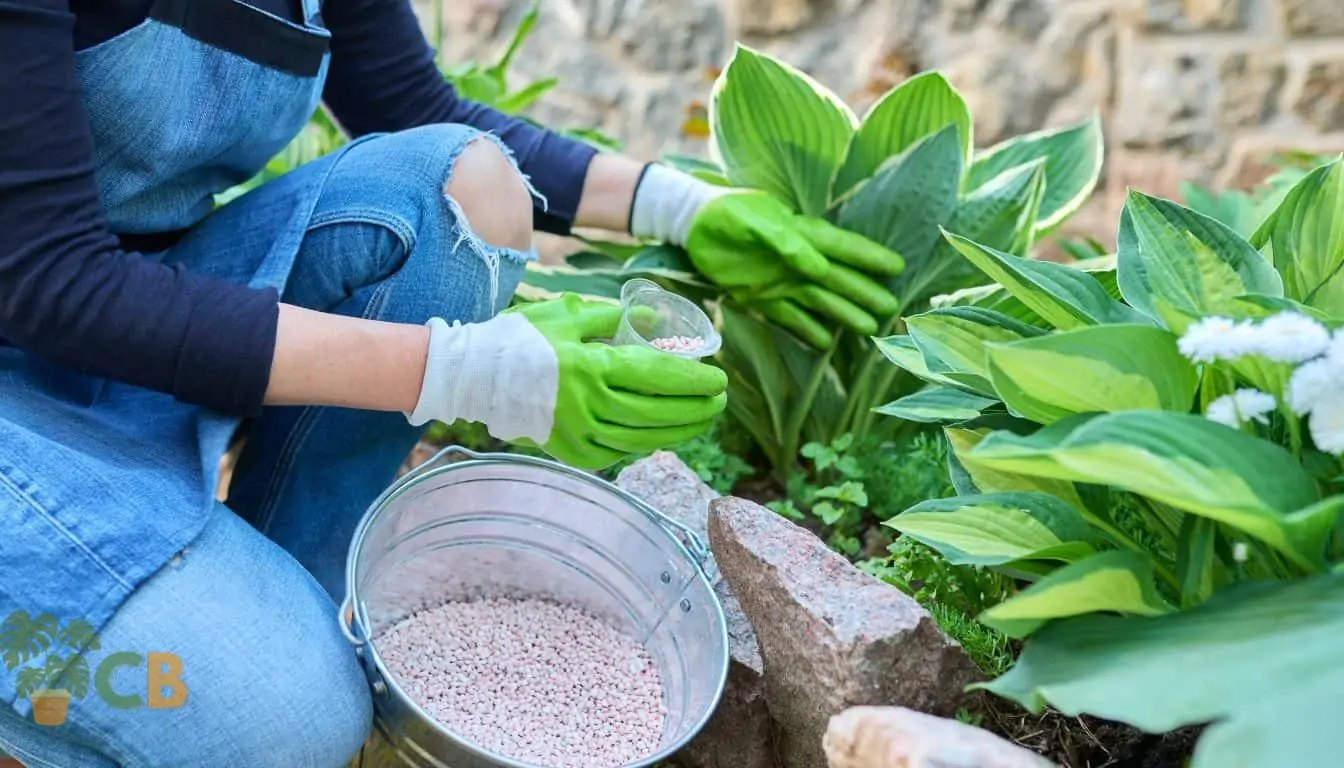Learn About the Particular Plants That Are Adversely Impacted by Epsom Salt Application
Epsom salt, a preferred household treatment for different gardening problems, is often applauded for its helpful results on plant development. Not all plants react positively to its application. Understanding the details plants that can be negatively influenced by Epsom salt is crucial for any garden enthusiast wanting to enhance their plant care regimen. Roses, tomatoes, rhododendrons, peppers, and azaleas are just a couple of examples of plants that may not respond well to Epsom salt. The reasons behind these adverse impacts and just how to minimize them are crucial expertise for preserving a thriving garden.
Roses

Roses, particularly sensitive to changes in their setting, can be negatively impacted by the application of Epsom salt. While Epsom salt is typically utilized as a fertilizer to advertise plant growth and boost blooming, roses are just one of the plants that do not react well to its application. The high magnesium material in Epsom salt can hinder the uptake of various other vital nutrients by the rose plants, leading to deficiencies that materialize as yellowing leaves or stunted development.

Tomatoes
While Epsom salt is frequently touted as a solution for different plant concerns, consisting of bloom end rot in tomatoes, its application can lead to destructive results if not used deliberately. Excessive Epsom salt, which is magnesium sulfate, can interfere with the delicate nutrient balance required by tomatoes, potentially leading to deficiencies in other important nutrients like calcium. When thinking about the use of Epsom salt on tomatoes, it is critical to stick to recommended application prices and dirt testing to prevent unplanned repercussions on the general wellness and efficiency of these cherished yard plants.
Peppers
Peppers, respected for their various shades and degrees of spiciness, can show vulnerability to adverse effects from Epsom salt when not used with care and consideration for their particular nutritional demands. what plants don't like epsom salt. Peppers, belonging to the Solanaceae family members, require a delicate equilibrium of nutrients to flourish. While Epsom salt is recognized to increase magnesium degrees in plants, excessive application can disrupt this equilibrium, resulting in negative effects on pepper plants
When peppers are subjected to high degrees of magnesium from Epsom salt, it can hinder the plant's ability to take in various other vital nutrients like calcium and potassium. This inequality may click this manifest in signs and symptoms such as fallen leave staining, stunted growth, and minimized fruit production. Furthermore, the too much magnesium can alter the soil pH, more exacerbating nutrient uptake problems for peppers.

Rhododendrons
Offered the level of sensitivity of particular plant types to imbalances brought on by Epsom salt, it is vital to think about the effect on Rhododendrons, which likewise need details nutrient levels to thrive. Rhododendrons are acid-loving plants that choose acidic soil conditions with a pH range in between 4.5 and 6.0. Epsom salt, chemically called magnesium sulfate, can change the dirt pH and interfere with the fragile equilibrium of nutrients necessary for Rhododendron health.

To keep the ideal growth and wellness of Rhododendrons, it is essential to prevent the unplanned use Epsom salt and rather concentrate on giving the certain acidic dirt problems and nutrients that these plants require for prospering.
Azaleas
These prominent blooming plants are frequently discovered in parks, landscapes, and gardens due to their beauty and adaptability. While Epsom salt is frequently utilized as a remedy for magnesium shortage in plants, its application to azaleas can have damaging effects.
When Epsom salt is related to azaleas, it can modify the soil pH, making it more acidic. Azaleas choose somewhat acidic dirt problems, and an excess of magnesium from Epsom salt can disrupt this equilibrium, causing nutrient inequalities and prospective poisoning concerns. The incorrect application of Epsom salt can result in stunted growth, yellowing of fallen leaves, and general decline in the health of azaleas. It is crucial to be careful when considering the use of Epsom salt on azaleas to prevent any negative consequences on these fragile ornamental hedges.
Verdict
Finally, it is essential to be familiar with the particular plants that can be detrimentally affected by the application of Epsom salt. Roses, tomatoes, home rhododendrons, azaleas, and peppers are some examples of plants that might not take advantage of Epsom salt and might even endure harm. It is vital to research study and recognize the needs of each plant species before utilizing Epsom salt as a plant food to ensure their health and wellness and health.
Comprehending the specific plants that can be adversely impacted by Epsom salt is vital for any kind of gardener looking to optimize their plant care routine. While Epsom salt is typically utilized as a plant food to advertise plant development and improve flowering, roses are one of the plants that do not respond well to its application.Too much usage of Epsom salt can also result in a build-up of salts in the soil, leading to root damage and dehydration of the rose plants. While Epsom salt is known to enhance magnesium degrees in plants, too much application can interrupt this stability, leading to damaging results on pepper plants.
The high salt web content in Epsom salt can additionally dehydrate Rhododendron roots, causing further tension and damage to the plant. (what plants don't like epsom salt)